Light is an essential Raw Material For Photosynthesis:
Sunlight is the natural and prime source of energy for photosynthesis in most plants. However, some artificial sources are also capable of carrying out photosynthetic activity. Chlorophyll can absorb the violet, blue and red components of the visible light, but the rate of photosynthesis remains highest in red light.
Conversion of light energy into chemical energy- Photosynthesis is a very significant anabolic biological activity that centres around energy. Energy is the ability to do work. There are several forms of energy, such as mechanical energy, thermal energy, light energy, electrical energy and chemical energy. However, all of these forms of energy may be only of two basic types- kinetic energy which is the energy in action (i.e. doing work) and potential energy which is the energy that is not producing work, but capacity is there. For example- water held behind a dam on a hillside represents a large store of potential energy. When it is released, it produces kinetic energy which turns paddle wheels to grind the grains or it turns turbines to generate electricity.
The law of conservation of energy of Robert Mayer (1842) states that energy can be neither created nor destroyed; it can only be changed in form. Therefore, according to Mayer, food-making in green plants, which is the source of organic matter, must also be a source of all the energy of life. Photosynthesis is essential to the whole biological world as a means of capturing, transforming and storing solar energy. Mayer, thus, confirmed the Bible’s words: All flesh is grass.
Ordinary white light, such as sunlight is made up of different colours or wavelengths. The light can be split up into its seven colours, such as Red, Orange, Yellow, Green, Blue, Indigo and Violet by means of a prism. These colours form a series, called a spectrum. During photosynthesis, chlorophyll does not absorb or use all colours of light. It absorbs mostly the red and violet portion of visible sunlight. The green light of sunlight is not absorbed but is reflected that is why chlorophyll appears green to us. The modern theory holds that these light waves act as particles (quanta or photons) of variable energy content. Light rays of short wavelengths carry a greater amount of energy than the light rays of long wavelengths.
Solar energy becomes available to us and other animals as chemical energy through the agency of green plants. Only green plants are capable of transforming the radiant energy or kinetic energy of sunlight into chemical or potential energy which is stored in the molecules of carbohydrates and foodstuffs as the energy of the covalent bonds that connect their constituent atoms. For example- 180 g of glucose carry potential energy of about 6,86,000 calories between the atoms of C, H and O.


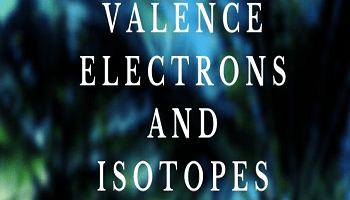

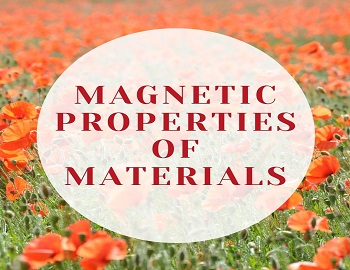
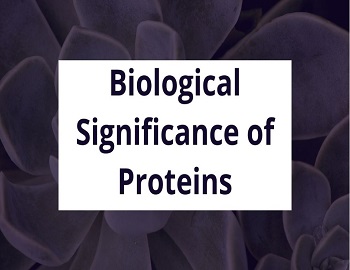
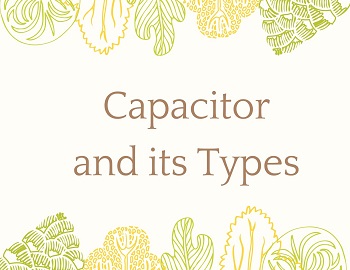

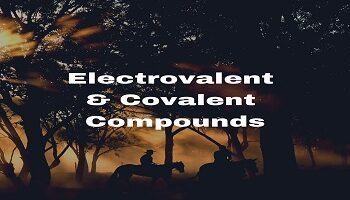
Comments (No)